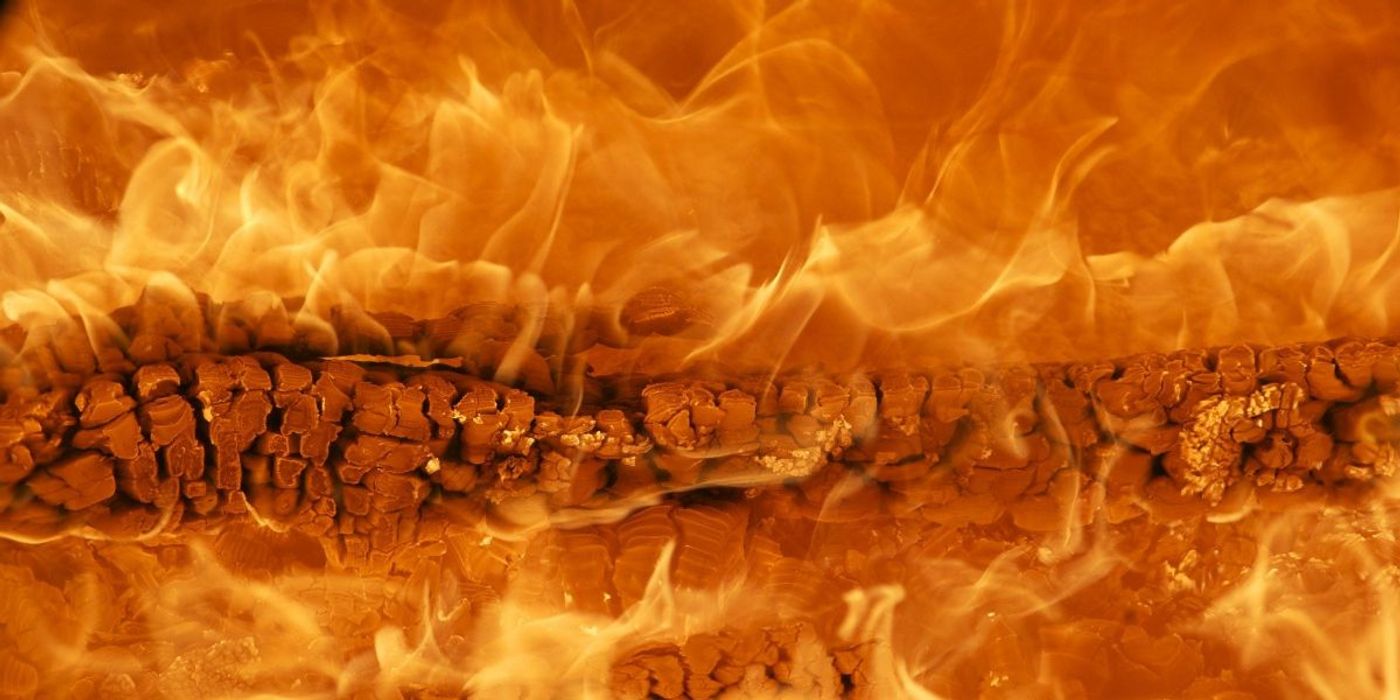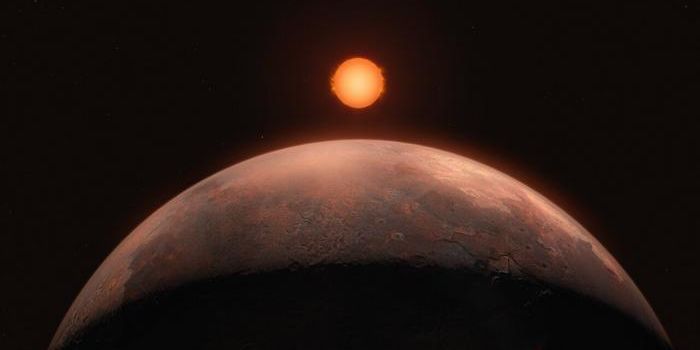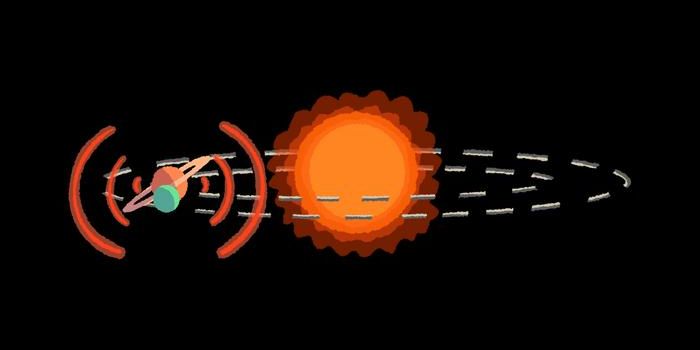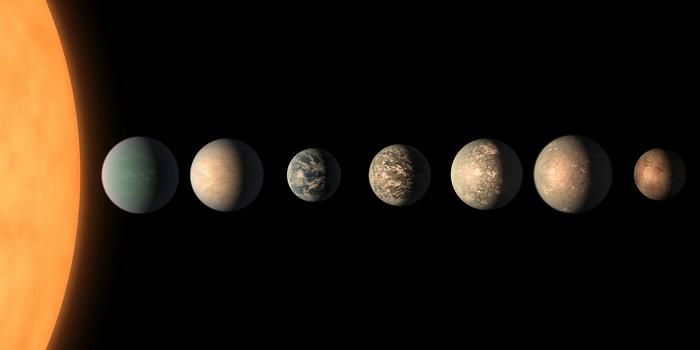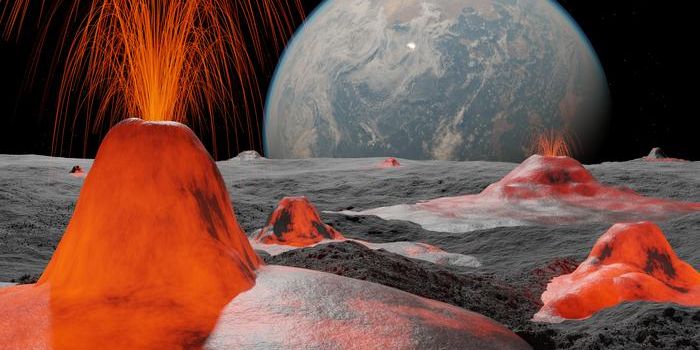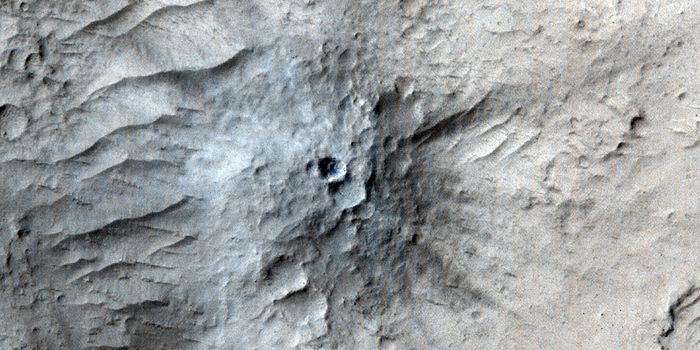Why the Sun's Atmosphere is Hotter than its Surface
Researchers have found evidence of nanojets (bright, thin lights) in the solar atmosphere. These jets, they say, indicate the presence of nanoflares (small, episodic heating events), and could be for understanding why the Sun's outer atmosphere is so much hotter than its surface.
For the findings, the researchers analyzed high-resolution images from NASA's Interface Region Imaging Spectrograph (IRIS) mission. They then pit the the images against different theories on why the Sun's atmosphere, also known as the 'corona', is so hot to see which they matched best.
From images taken on April 3rd 2014, they were able to identify a coronal rain event- streams of cooled plasma cascading from the Sun's corona to its surface like a large waterfall. In particular, they noticed bright jets appearing near the end of the event. These, they say, are telltale signs of nanojets, heated plasma traveling so quickly that they appear on images as bright, thin lines.
Nanojets are thought to be initiated by a process called 'magnetic reconnection', where twisted magnetic fields explosively realign. One such reconnection can set off another, resulting in an avalanche of nanojets in the Sun's corona, which is then thought to generate enough energy to heat the corona.
Once the researchers identified these jets, they coordinated with NASA's Solar Dynamic Observatory (SDO) and the Hinode observatory to confirm their findings. After combining many observations with advanced computational simulations, they were able to show that the nanojets were clear evidence of magnetic reconnection and nanoflares, and that they indeed contributed to coronal heating.
Although interesting findings, the scientists say that further research is needed to establish the frequency of both the nanojets and nanoflares all over the Sun to properly determine how much they really heat it up. As such, missions including Solar Orbiter and Parker Solar Probe will give more detail on this process over time.
Sources: NASA, Science Alert
